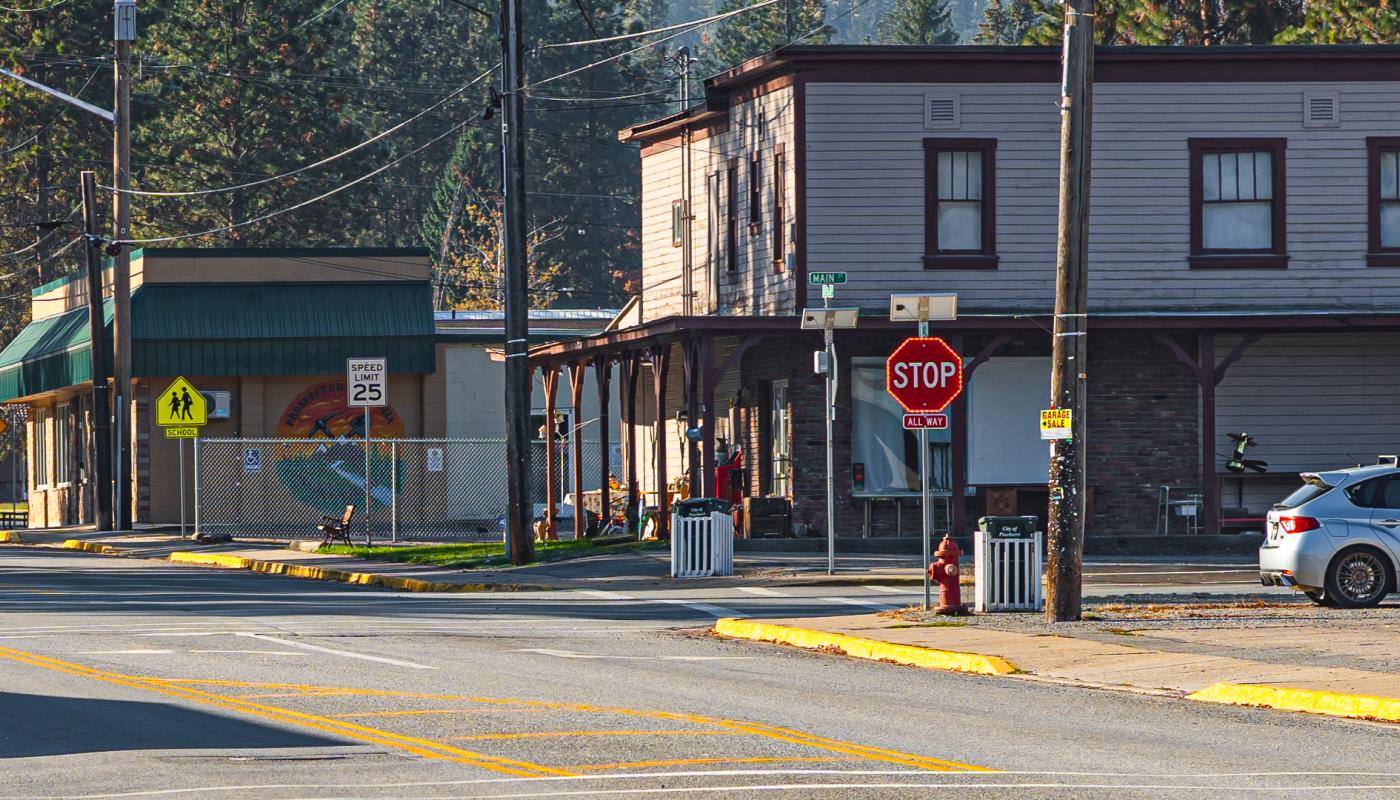Introduction
Traffic signs play a pivotal role in the safety and efficiency of road transportation systems, serving as essential communicators of rules and warnings to drivers. With advancements in sign materials, particularly in terms of retroreflectivity, color, and durability, there has been a significant improvement in sign conspicuity and legibility. One notable innovation is the integration of light-emitting diodes (LEDs) into stop signs, aimed at enhancing visibility and compliance, especially under challenging visibility conditions.
Advancements in Sign Materials
Microprismatic Sheeting
Microprismatic sheeting materials have elevated the nighttime conspicuity of traffic signs due to their superior retroreflective properties. This advancement ensures that signs are more visible and legible in low-light conditions, contributing to improved driver response times and safety.
Fluorescent Materials
The introduction of durable fluorescent colored sheeting materials has marked a leap in sign visibility during daylight, particularly beneficial for peripheral detection. The fluorescent materials enhance daytime contrast and are especially effective during dawn, dusk, and other low-light conditions.
Flashing LED Embedded in Signs
Incorporating flashing LEDs into stop signs presents a cost-effective alternative to traditional beacons, offering enhanced visibility without the extensive installation and maintenance requirements. These LED-enhanced signs have shown promise in increasing stop compliance at intersections, making them a valuable tool in traffic safety management.
Overview
Key Takeaways
This case study delved into the operational impacts of higher-conspicuity sign materials, with a particular emphasis on flashing LED stop signs. The research assessed the effectiveness of these signs in improving stop compliance and reducing vehicle speeds at high-risk intersections. Key observations from the study include:
Significant Improvement in Stop Compliance
The installation of flashing red LED stop signs resulted in a notable decline in the proportion of vehicles failing to stop at intersections. This effect was observed across different environmental settings, including suburban intersections with 35 mph speed limits and rural intersections with 65 mph speed limits. The improvements were especially pronounced under night-time conditions, where the failure to stop decreased dramatically, underscoring the enhanced visibility and attention-grabbing properties of flashing LED stop signs.
Statistically Significant Reduction in Vehicle Speeds
While the primary focus was on stop compliance, the study also noted modest but statistically significant reductions in vehicle speeds approaching the intersections. This finding suggests that the flashing LED stop signs not only alert drivers to the need to stop but also contribute to overall safer driving behaviors in the vicinity of the sign.
Recommendations for Strategic Implementation
Based on the positive outcomes observed, the study recommends the strategic implementation of flashing LED stop signs at intersections with historically high rates of non-compliance or accidents. These signs should be considered as part of a comprehensive traffic safety strategy, particularly in areas where traditional signs fail to capture driver attention effectively.
Conclusions Highlighting Effectiveness and Utility
The case study concludes that flashing LED stop signs are a valuable tool in enhancing intersection safety. Their ability to significantly improve stop compliance and subtly reduce vehicle speeds demonstrates their potential to contribute to a safer road environment. The findings advocate for their wider adoption, supported by policies that facilitate the integration of these higher-conspicuity signs into existing traffic control systems.
Implementing Flashing LED Stop Signs
Strategic Implementation of TraffiCalm Red Flashing LED Stop Signs
In light of the proven effectiveness of red flashing LED stop signs in significantly enhancing stop sign compliance and reducing violations, it is highly recommended to strategically implement TraffiCalm’s flashing LED stop signs in key areas. Priority should be given to locations known for high levels of non-compliance or where traditional stop signs have failed to capture driver attention adequately. Specific scenarios that could benefit from the installation of these innovative signs include:
Intersections with Visibility Challenges
Areas where stop signs are partially obstructed, hidden by natural elements, or placed in positions that are not immediately apparent to drivers. The enhanced visibility offered by TraffiCalm's flashing LEDs ensures that the stop requirement is unmistakable, even from a distance or in poor visibility conditions.
High-Risk Intersections
Sites identified through traffic studies or historical data as prone to stop sign violations or accidents. The attention-grabbing nature of flashing LEDs directly addresses the issue of driver inattention or unfamiliarity with the intersection layout.
Transitional Speed Areas
Regions where drivers transition from high-speed zones to areas requiring a full stop can greatly benefit from the additional visual cue provided by flashing LED stop signs. These are particularly effective in rural settings with higher speed limits, where the reduction in nighttime failure to stop rates has been notably significant.
TraffiCalm's red flashing LED stop signs represent a critical advancement in traffic control technology, merging high visibility with reliable performance to address some of the most persistent challenges in traffic safety. Adopting these signs not only contributes to reducing the frequency of stop sign violations but also plays a significant role in preventing accidents and enhancing overall road safety for drivers and pedestrians alike.
Conclusions
The utilization of stop signs with red flashing LEDs has been shown to significantly improve stop compliance both during the day and at night. The study observed reductions in the rate of vehicles not fully stopping, particularly in eliminating instances of vehicles blowing through intersections. While these signs have been effective in enhancing stop-compliance, their impact on vehicle speeds and deceleration rates was not statistically significant, indicating that their primary benefit lies in improving visibility and compliance rather than altering speed behavior.
This case study underscores the importance of integrating advanced conspicuity materials, such as flashing LED stop signs, into traffic safety strategies to address specific operational challenges. Through targeted implementation and ongoing evaluation, transportation agencies can leverage these innovations to enhance road safety and operational efficiency.
